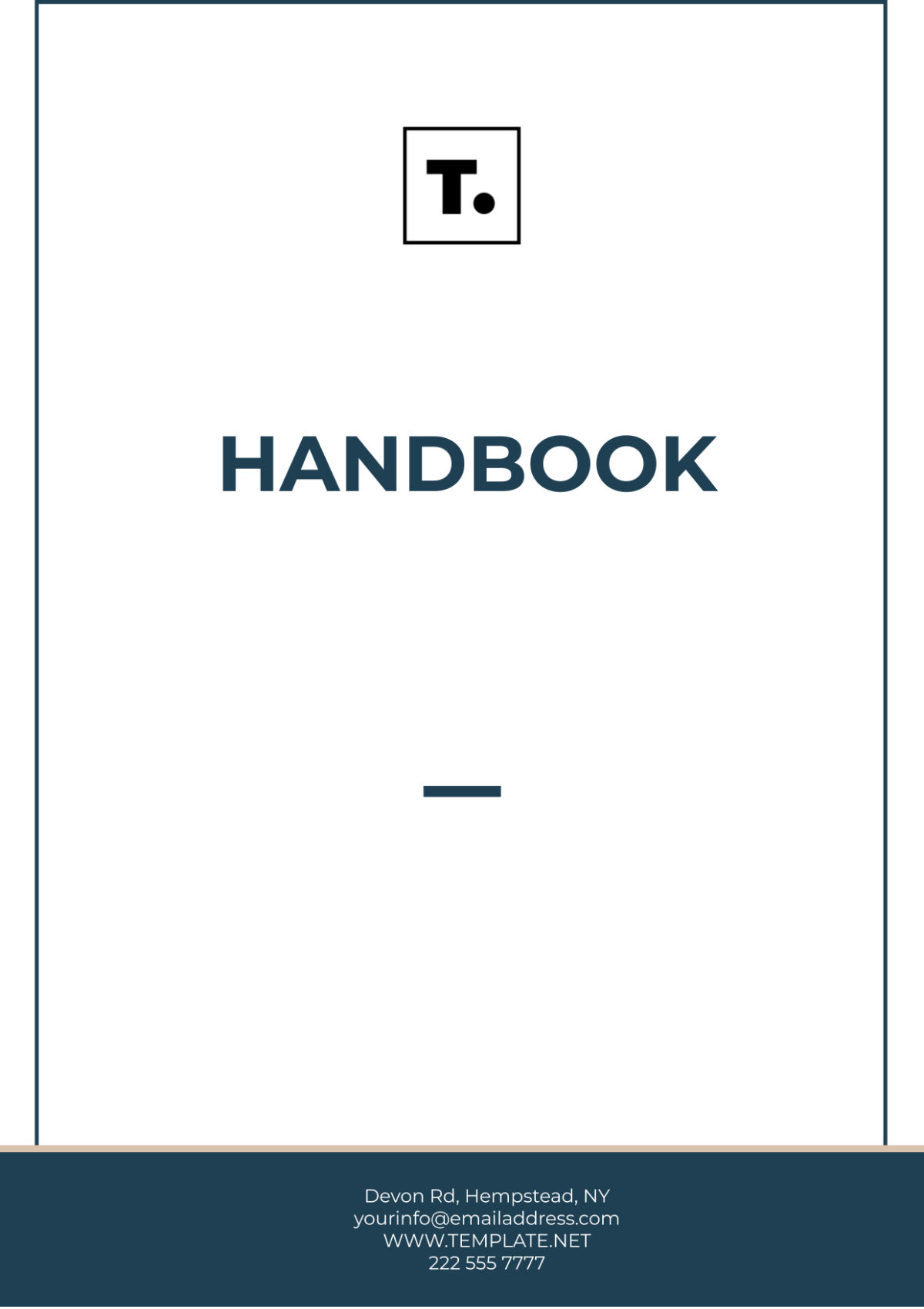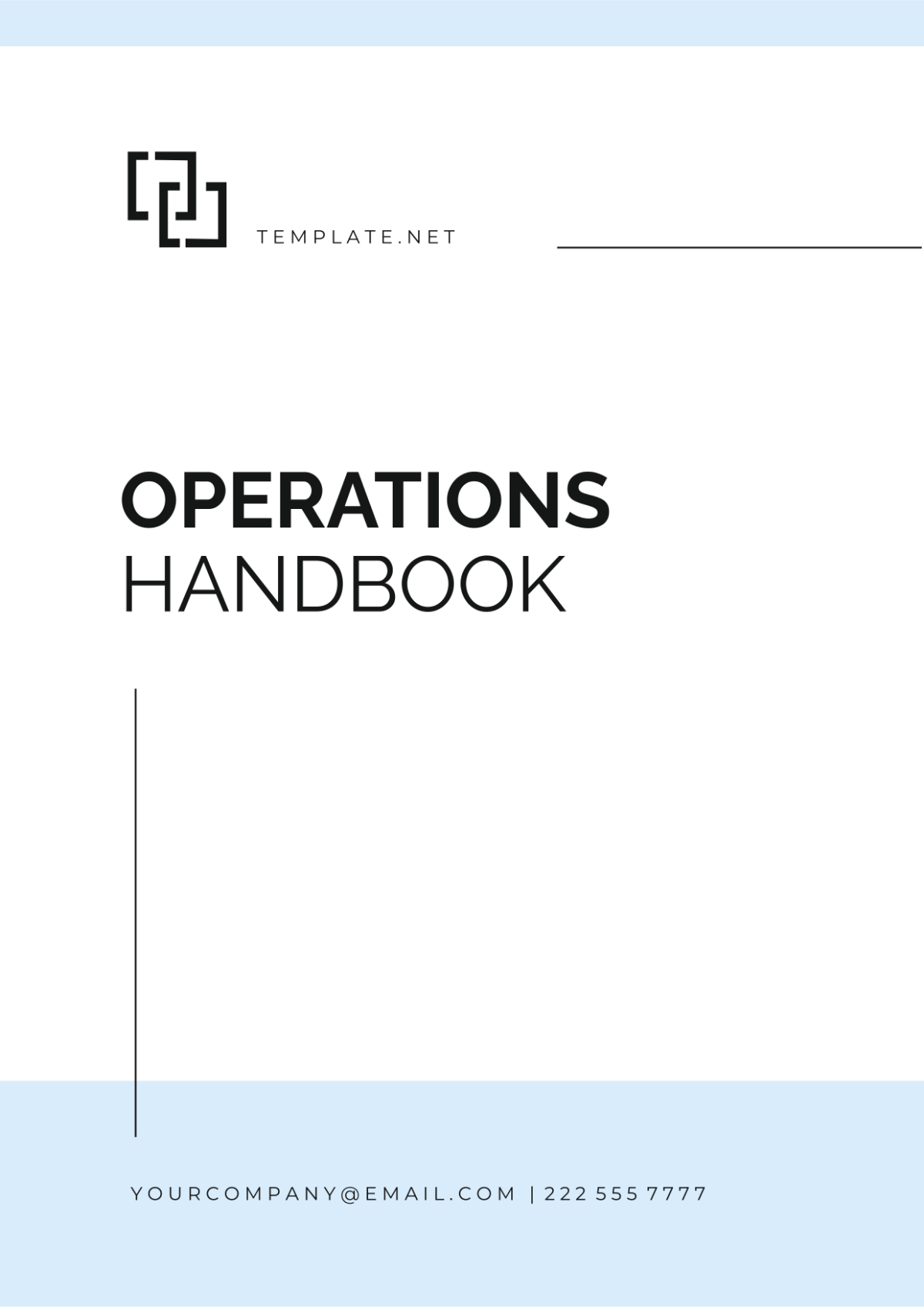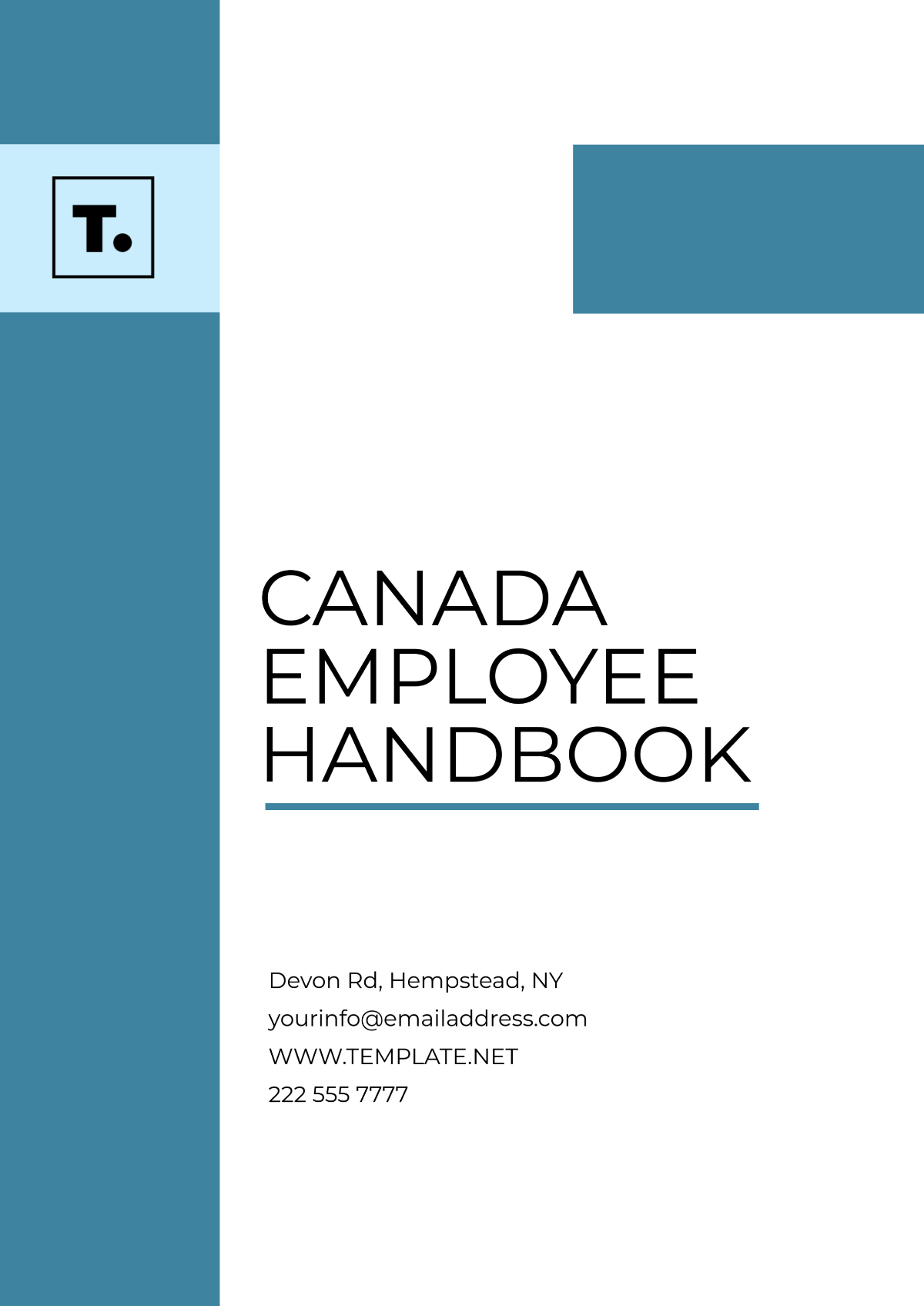I. Introduction
A. Purpose of the Handbook
This handbook is designed to provide comprehensive guidelines on securing both physical and digital documents within our operations. It aims to establish standardized practices that protect sensitive information from unauthorized access, disclosure, alteration, or destruction, ensuring the confidentiality, integrity, and availability of our documents.
B. Importance of Document Security
Document security is crucial for maintaining the trust of our clients, employees, and stakeholders. It protects our proprietary and sensitive information, supports compliance with legal and regulatory obligations, and safeguards our reputation. Effective document security mitigates the risk of data breaches, financial loss, and legal penalties.
C. Scope of the Document Security Policies
The policies outlined in this handbook apply to all employees, contractors, and partners who handle our documents. This includes guidelines for the creation, storage, access, transmission, and disposal of both physical and digital documents, encompassing all types of sensitive and confidential information.
II. Document Security Policies
A. Overview of the Organization's Document Security Policies
Our document security policies are crafted to ensure robust protection across all stages of the document lifecycle. These policies cover access control, classification and handling, storage security, transmission protocols, and disposal procedures. By adhering to these guidelines, we aim to prevent unauthorized access and ensure that documents are handled in a secure and compliant manner.
B. Legal and Regulatory Compliance Requirements
Compliance with legal and regulatory standards is a cornerstone of our document security policies. We are committed to adhering to:
Health Insurance Portability and Accountability Act (HIPAA) for the protection of health information.
General Data Protection Regulation (GDPR) for the handling of personal data of EU residents.
Sarbanes-Oxley Act (SOX) for the management of financial records.
Family Educational Rights and Privacy Act (FERPA) for the protection of student education records.
California Consumer Privacy Act (CCPA) for the privacy of California residents.
C. Roles and Responsibilities in Document Security Management
Effective document security management involves clear delineation of roles and responsibilities:
Role | Responsibilities |
Management | Oversee the implementation of document security policies; allocate resources; ensure compliance. |
IT Department | Implement and manage digital security measures; conduct regular system audits. |
HR Department | Ensure employee training and compliance; manage personnel-related documents securely. |
Employees | Adhere to document security policies; report security incidents or vulnerabilities. |
Security Team | Monitor security systems; respond to incidents; update security protocols as needed. |
III. Classification and Handling of Documents
A. Criteria for Classifying Documents
The classification of documents is pivotal in determining the level of protection each document requires based on its sensitivity and value to the organization. Our classification categories include:
Classification | Description |
Public | Documents intended for general public release. |
Internal Use Only | Documents for use within our organization that do not contain sensitive information. |
Confidential | Documents containing sensitive information that could cause harm if disclosed. |
Secret | Documents with highly sensitive information, where unauthorized access could have severe consequences. |
B. Guidelines for Handling Documents Based on Classification
The handling of documents varies significantly based on their classification to ensure appropriate levels of security:
Store confidential and secret documents in secure, access-controlled environments.
Limit access to sensitive documents to authorized personnel only.
Follow strict protocols when transmitting confidential or secret documents, using secure transmission methods.
Dispose of sensitive documents securely through methods like shredding or secure electronic deletion.
C. Marking and Labeling of Sensitive Documents
Proper marking and labeling are crucial for the identification and handling of sensitive documents:
Mark all sensitive documents with their classification level at the top and bottom of each page.
Include a date on confidential and secret documents to facilitate review and potential declassification.
Label digital files with their classification in the file name and include metadata where possible to indicate sensitivity.
IV. Access Control
A. Policies for Granting, Reviewing, and Revoking Access
Access to documents is governed by strict policies to ensure that sensitive information remains protected:
Grant access based on the principle of least privilege, ensuring individuals have access only to documents necessary for their role.
Review access permissions regularly to ensure they remain appropriate and to adjust for changes in roles or job functions.
Revoke access immediately upon termination of employment or change in job function that no longer requires access to specific documents.
B. Use of Passwords, Encryption, and Other Mechanisms
Implementing robust access control mechanisms is key to protecting sensitive documents:
Encrypt all sensitive digital documents, both at rest and in transit, to protect against unauthorized access.
Require strong, unique passwords for accessing document management systems and sensitive files.
Implement multi-factor authentication (MFA) for additional security when accessing highly sensitive documents.
C. Procedures for Secure Document Sharing and Distribution
Secure sharing and distribution of documents are essential to prevent unauthorized access:
Use secure, encrypted channels for sharing sensitive digital documents.
Verify the identity of recipients before sharing confidential or secret documents.
Maintain logs of all instances where sensitive documents are shared or distributed to ensure traceability.
Educate employees on safe document sharing practices, emphasizing the risks associated with insecure distribution methods.
V. Physical Security Measures
A. Secure Storage of Physical Documents
The secure storage of physical documents is critical to protect sensitive information from unauthorized access, loss, or damage:
Lock physical documents in secure cabinets or safes when not in use.
Control access to storage areas through key management or access control systems.
Monitor storage areas with security cameras or guards to deter unauthorized access.
Maintain a clean desk policy, ensuring sensitive documents are not left unattended.
Conduct regular audits of physical document storage to ensure compliance with security protocols.
B. Protection against Unauthorized Access
Access to document storage areas is restricted to authorized personnel only, enforced through electronic access control systems that require a badge or code for entry. Surveillance cameras are strategically placed to monitor and record activity around sensitive storage areas 24/7. Additionally, alarm systems are in place to alert security personnel in the event of unauthorized access attempts.
C. Guidelines for the Secure Disposal of Sensitive Documents
Disposing of sensitive documents securely is essential to prevent potential data breaches:
Shred sensitive documents using cross-cut shredders to make reconstruction impossible.
Employ secure disposal services for large volumes of sensitive documents, ensuring they provide certificates of destruction.
Conduct periodic clean-out days to encourage the proper disposal of outdated sensitive documents under supervision.
Educate employees on the importance of secure disposal and provide clear instructions on how to dispose of different types of sensitive documents.
VI. Digital Document Security
A. Encryption of Digital Documents
All sensitive digital documents are encrypted using strong encryption standards to protect their confidentiality and integrity, both at rest and in transit. We employ encryption protocols such as AES (Advanced Encryption Standard) and SSL/TLS for communications. The selection of encryption tools and the management of encryption keys are carefully controlled to ensure that only authorized personnel can decrypt the information when necessary.
B. Secure Transmission of Documents Over Networks
Sensitive documents transmitted over networks are encrypted using secure protocols like HTTPS and SFTP. Employees are trained to recognize and avoid insecure transmission methods, such as unencrypted email attachments. VPNs (Virtual Private Networks) are used for remote access to the organization’s network, providing an encrypted tunnel for the safe transmission of documents.
C. Protection Against Malware and Cyber Threats
Our organization employs comprehensive anti-malware and antivirus solutions to protect against malicious software that could compromise document security. Regular software updates and patch management ensure that security systems are up-to-date and resistant to the latest threats. Employees receive training on recognizing phishing attempts and other cyber threats that could lead to malware infections, emphasizing the role of vigilance in cybersecurity.
VII. Document Retention and Disposal
A. Retention Schedules for Different Categories of Documents
Our document retention schedules are developed to ensure that records are kept for as long as they are legally and operationally necessary, and no longer. The following table provides a general guide for the retention periods of various document categories:
Document Category | Retention Schedule |
Financial Records | 7 years |
Employee Records | 5 years post-termination |
Customer Contracts | 7 years after expiration |
Internal Correspondence | 3 years |
Compliance Documentation | Permanently or as regulated |
B. Secure Disposal and Destruction of Documents
Sensitive documents are destroyed in a manner that makes reconstruction impossible. Physical documents are cross-shredded, while digital records are erased using secure deletion methods that comply with industry standards. For highly sensitive documents, we use destruction services that provide certificates of destruction as proof of secure disposal.
C. Documentation and Auditing of Disposal Activities
Every disposal activity is documented, including details of the documents destroyed, the method of destruction, and the date of disposal. Periodic audits are conducted to verify adherence to our disposal policies and procedures. These audits help identify any gaps in compliance and inform improvements in our document retention and disposal practices.
VIII. Incident Response and Reporting
A. Procedures for Responding to Document Security Incidents
In the event of a document security incident, the following procedures are initiated:
Identify the nature and scope of the incident promptly.
Contain the incident to prevent further unauthorized access or loss.
Assess the impact on operations and data privacy.
Notify relevant stakeholders and authorities in accordance with legal requirements and internal policies.
Restore any affected systems or documents to their proper state.
B. Reporting Channels for Security Breaches or Concerns
Our organization provides clear channels for reporting security breaches or concerns to ensure timely and effective response:
Reporting Channel | Best Used For |
Security Hotline | Immediate reporting of active security incidents |
Email to Security Team | Detailed reports of potential security concerns |
Anonymous Online Form | Confidential reporting of sensitive breaches |
C. Investigation and Corrective Actions Following an Incident
The investigation aims to identify vulnerabilities exploited during the incident and assess the effectiveness of the response. Findings from the investigation inform corrective actions to prevent recurrence, which may include enhancing security measures, revising policies, and conducting additional training. Documentation of the incident, investigation, and corrective actions is maintained for audit purposes and continuous improvement.
IX. Training and Awareness
Ensuring that all employees are well-informed about document security practices is essential for maintaining the integrity and confidentiality of our documents. We have established a comprehensive training and awareness program designed to equip our staff with the knowledge and skills needed to handle documents securely.
Program | Duration | Frequency |
Basic Document Security | 2 hours | Annually |
Advanced Data Protection | 3 hours | Biennially |
Handling Sensitive Information | 1 hour | Annually |
Cybersecurity Awareness | 2 hours | Annually |
Emergency and Incident Response | 1.5 hours | Biennially |
X. Audit and Compliance
A. Regular Audits of Document Security Practices
Our organization conducts regular audits of document security practices to ensure ongoing compliance with internal policies and regulatory requirements. These audits occur annually and are supplemented by spot checks and reviews in response to specific incidents or emerging threats. The audit process involves evaluating the effectiveness of current security measures, identifying potential vulnerabilities, and assessing adherence to documented security policies.
B. Compliance Monitoring and Reporting Mechanisms
To maintain high standards of document security, we have established robust compliance monitoring and reporting mechanisms:
Track compliance with document security policies using automated tools and software.
Review access logs and user activities regularly to detect unauthorized access attempts.
Report any security incidents or breaches immediately to the designated security team.
Update security policies and training programs based on the outcomes of compliance monitoring activities.
C. Actions to Address Audit Findings and Compliance Gaps
When audit findings or compliance gaps are identified, we take prompt and decisive action to address them:
Revise existing document security policies and procedures as necessary.
Implement new security measures to mitigate identified risks.
Conduct targeted training sessions to address specific areas of concern.
Engage external experts for advice on best practices and compliance requirements.
Monitor the effectiveness of corrective actions to ensure that compliance gaps are fully addressed.

















































